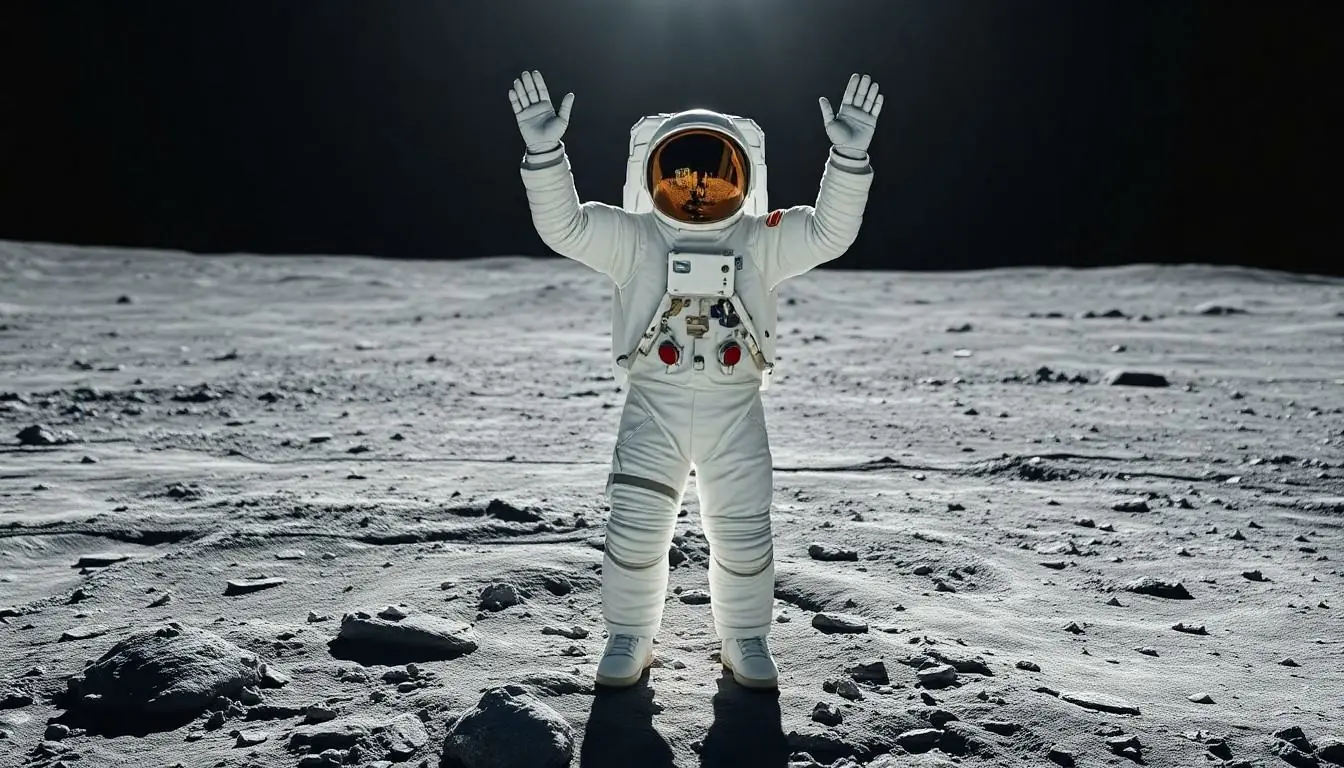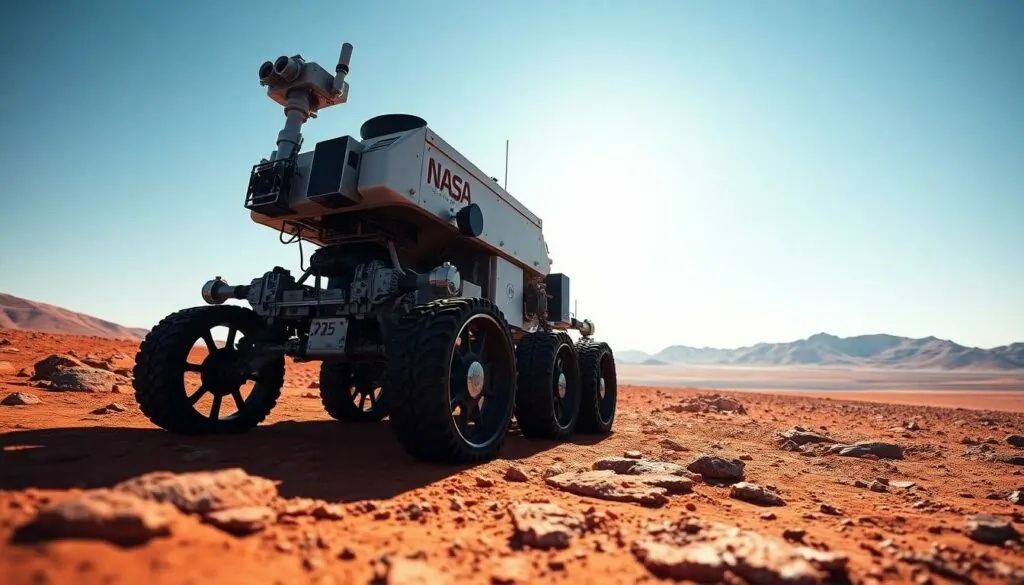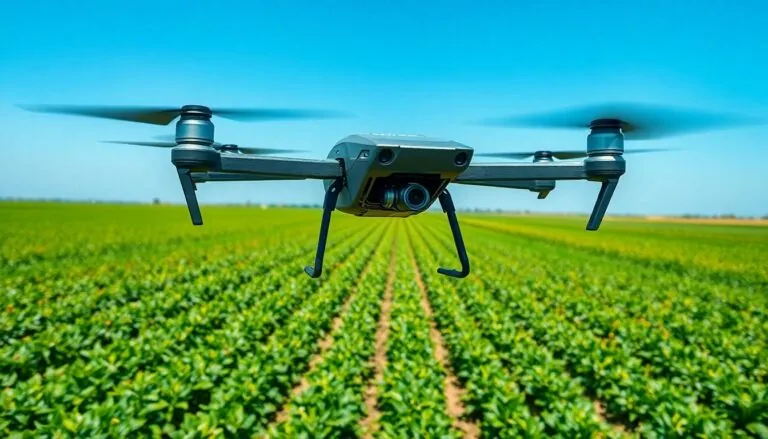Table of Contents
ToggleSpace technology isn’t just for rocket scientists and sci-fi enthusiasts; it’s for anyone who’s ever looked up at the night sky and wondered what’s out there. From satellites that help us navigate our morning commutes to telescopes that peer deep into the cosmos, these innovations are reshaping our understanding of the universe. And let’s be real—who wouldn’t want to impress friends with some out-of-this-world facts?
Overview of Space Technology Facts
Space technology has transformed our interactions with the universe. Satellites orbit Earth, providing real-time data on weather patterns and climate change. Telescopes capture breathtaking images, revealing galaxies, stars, and planets beyond sight.
NASA’s Mars Rover has explored the Martian surface, providing crucial information for future exploration. SpaceX’s reusable rockets successfully reduce launch costs, making space travel more accessible. The International Space Station serves as a laboratory for scientific experiments that expand knowledge in various fields.
Global positioning systems rely on satellite networks for precise location tracking. Communication satellites enable faster connectivity worldwide, making instant communication possible. Space technology also plays a vital role in disaster management by providing satellite imagery to assess damage swiftly.
Innovations in propulsion systems, like ion propulsion, increase efficiency for deep space missions. Space debris tracking models help to protect active satellites from collisions. The development of nanosatellites allows researchers and small companies to contribute to space exploration.
Space telescopes like Hubble and James Webb contribute significantly to our understanding of the cosmos. Data from astronomical surveys enable discoveries about exoplanets and the behavior of black holes.
Robotics in space has led to advancements in automated systems for satellite maintenance and repairs. Future technology aims to build habitats on other celestial bodies, preparing for human habitation beyond Earth. These advancements create opportunities for collaboration among nations in exploring space.
Historical Milestones in Space Technology

Significant historical milestones showcase the evolution of space technology, marking humanity’s progress in exploring the cosmos.
The Dawn of Space Exploration
The launch of Sputnik 1 in 1957 marked the first human-made object to orbit Earth. This event initiated the Space Age and spurred both technological advancement and international competition. The United States followed with Explorer 1 in 1958, discovering the Van Allen radiation belts. In 1961, Yuri Gagarin became the first human to travel into space aboard Vostok 1. These pioneering missions laid the groundwork for future endeavors and showcased the potential for human presence beyond planet Earth.
Key Achievements in Space Missions
NASA’s Apollo program achieved a remarkable feat by landing astronauts on the Moon in 1969. Apollo 11 saw Neil Armstrong and Buzz Aldrin take historic steps onto lunar soil. The establishment of the Space Shuttle program in 1981 transformed space travel by enabling reusable spacecraft. Notable missions such as the Mars Rovers, Curiosity and Perseverance, have provided valuable data on the Martian environment. Additionally, the launch of the Hubble Space Telescope in 1990 revolutionized astronomy, allowing for unprecedented views of distant galaxies. Each of these achievements exemplifies humanity’s quest to explore and understand the universe.
Types of Space Technology
Space technology encompasses various innovations that play significant roles in exploration and research. Key categories include satellites, spacecraft, and rovers, each contributing uniquely to our understanding of the universe.
Satellites and Their Uses
Satellites serve essential functions in communication, weather monitoring, and navigation. They collect real-time data, allowing accurate predictions of climate changes and severe weather events. Various nations utilize satellite technology for global communication and broadcasting. Earth observation satellites provide vital information for disaster management, agriculture, and urban planning. Examples include NOAA’s weather satellites, which monitor atmospheric conditions, and GPS satellites that enable precise location tracking. This technology underpins many modern conveniences, demonstrating its impact on everyday life.
Spacecraft and Rovers
Spacecraft and rovers facilitate deeper exploration of celestial bodies. NASA’s Mars Rovers, like Curiosity and Perseverance, gather crucial data about Mars’s geology and climate. These robotic explorers analyze soil samples and search for signs of past life. The technology aboard these rovers includes advanced imaging and laboratory equipment, enhancing our understanding of planetary science. Spacecraft such as the Voyager probes have ventured beyond our solar system, providing insights into interstellar space. Innovations in spacecraft design, including reusable rockets from companies like SpaceX, make future missions more sustainable and cost-effective.
Innovations in Space Technology
Space technology continually evolves, transforming capabilities related to exploration and research. Key advancements shape the future of space missions.
Advancements in Rocket Technology
Reusability defines recent innovations in rocket technology. SpaceX’s Falcon 9 rocket demonstrates this shift, effectively reducing costs for launches to a fraction of previous amounts. Intuitive landing technologies enable rockets to return safely, allowing for multiple flights. Other companies, like Blue Origin, are also investing in reusable vehicles for different missions. The development of the Starship aims to facilitate missions beyond Earth, including trips to Mars. These advancements pave the way for more regular space travel and promote the concept of space tourism.
Emerging Technologies in Space Exploration
Robotics play a pivotal role in modern space exploration. Autonomous drones and rovers increase efficiency on planetary surfaces, gathering data in previously unreachable locations. NASA’s Perseverance rover incorporates advanced AI to navigate the Martian terrain autonomously. Furthermore, satellite constellations offer global internet coverage, transforming global communications. Technologies like 3D printing enhance on-demand fabrication for equipment, minimizing the need to transport materials from Earth. These innovations highlight the collaborative efforts in developing technologies that support long-term human presence on other planets.
The Impact of Space Technology on Society
Space technology profoundly influences society by enhancing communication and navigation systems while driving scientific research. Innovations in this field benefit everyone, making daily life more efficient and interconnected.
Communication and Navigation
Satellites are crucial for global communication networks. They support broadcasting, internet connectivity, and mobile communications. GPS technology enables accurate location tracking for billions of people, aiding navigation for personal use and commercial delivery services. Earth observation satellites, like those from NOAA, play vital roles in providing reliable weather forecasts and disaster monitoring. Enhanced cellular coverage results from satellite networks, facilitating communication even in remote areas. Innovations in this sector continue to improve efficiency across many industries.
Contributions to Scientific Research
Scientific research greatly benefits from advancements in space technology. Satellites provide data for climate research, environmental monitoring, and natural disaster management. The Hubble Space Telescope has transformed our understanding of the universe by capturing detailed images of distant galaxies. Mars rovers, such as Curiosity and Perseverance, explore the Martian surface, uncovering clues about past life and planetary processes. Collaborative international missions aboard the International Space Station foster advancements in biology, physics, and materials science. The ongoing development of artificial intelligence in robotics enhances data collection and analysis, driving new discoveries.
Space technology continues to reshape how humanity interacts with the universe and each other. Its innovations not only push the boundaries of exploration but also enhance everyday life through improved communication and navigation systems. As advancements in robotics and satellite technology progress, the potential for future discoveries expands exponentially.
The collaborative efforts among nations and private companies promise to unlock new possibilities for human habitation beyond Earth. With each milestone achieved, the journey into the cosmos becomes more accessible. The facts and advancements in space technology inspire curiosity and highlight the importance of continued investment in this field for generations to come.



